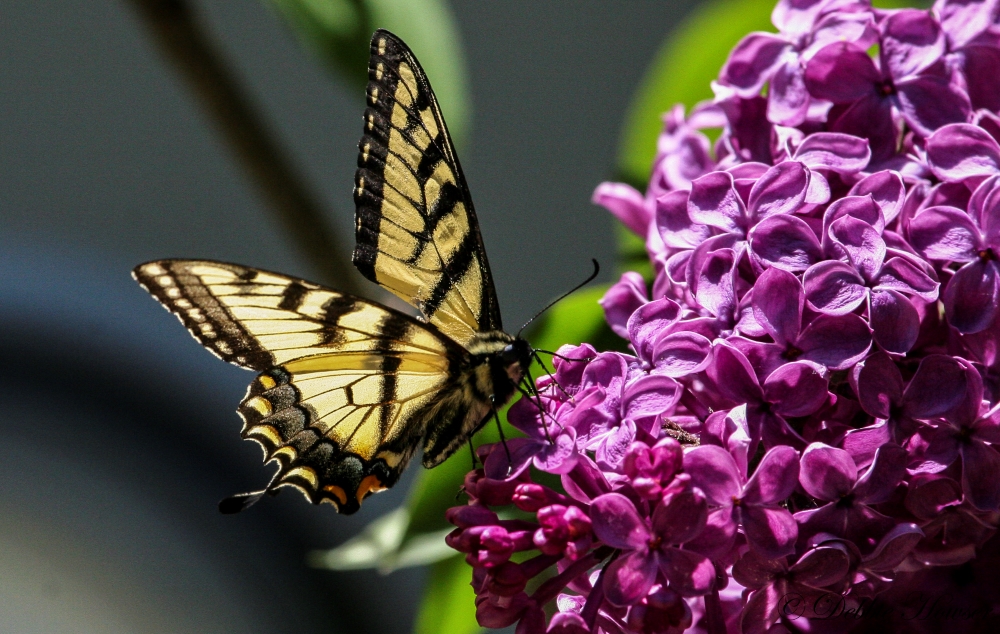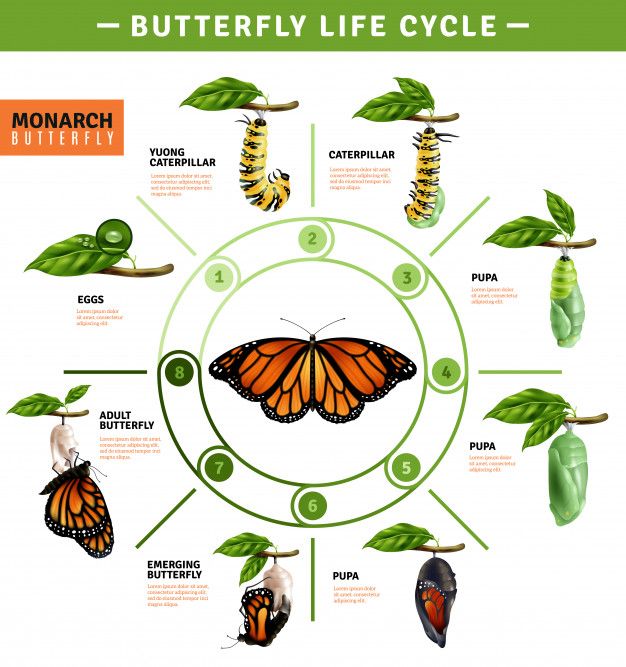Fun and Educational, Tips & Tricks
Step Into Spring!

By. Meredith Biesinger
Spring is here! Time for a fun lesson that embraces the season.
I have always loved the symbolism behind the lifecycle of a caterpillar to a butterfly. Teaching students is much like living this lifecycle out as we watch them develop, spread their wings and turn into something magnificent!
There are so many beautiful ways to engage students in this unit. Below are a few ideas intended for teaching the life cycle of a butterfly.
Sample Lesson Plan (most appropriate for 1st or 2nd grade)
Goals: Students will know different plants and animals inhabit different environments and have external features that help them thrive in various places.
Students will also know that plants and animals need water, food, and light. While also learning that animals eat plants or other animals for food and may also use plants or other animals for shelter and nesting.
Objectives: Students will role-play and draw the various stages an insect goes through to become a butterfly. Additionally, students can study and observe the complete life cycle of a butterfly if a butterfly kit is used (this takes about 4 weeks).
Materials
The Very Hungry Caterpillar by Eric Carle
String and paper butterfly (teacher-made)
Pretend butterfly wings (teacher-made)
Butterfly puppet (if available)
Journals

Why teach this? When planning the unit on the life cycle of a butterfly, there are many reasons why we teach this to children. First, children need to understand the concept of change because it constantly occurs in different ways. When a person experiences change, there could be stages that come along with it, just like the life cycle of a butterfly, and people need to learn how to survive those changes. This lesson is a way to introduce this life skill in an age-appropriate way.
Also, students need to recognize the stages of a butterfly, the way they survive, and the different types of body parts and types of butterflies for them to ask questions to further their knowledge. Finally, students will understand that a butterfly’s life cycle isn’t as different as the growth of a human. Plus, as testing season approaches, it is a welcome break that is still educational and fun for students!



